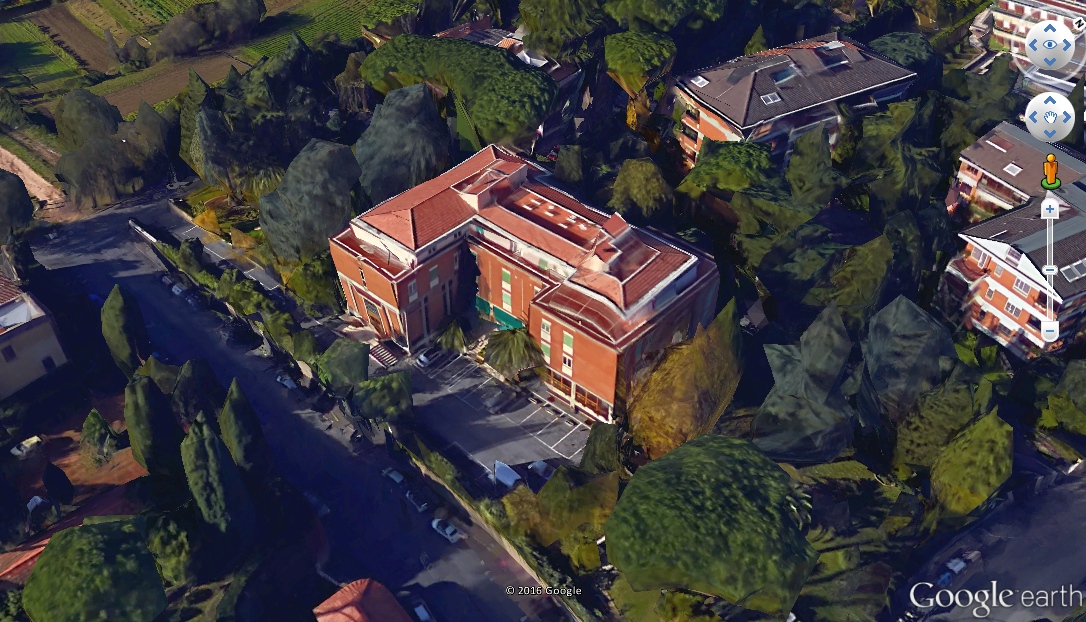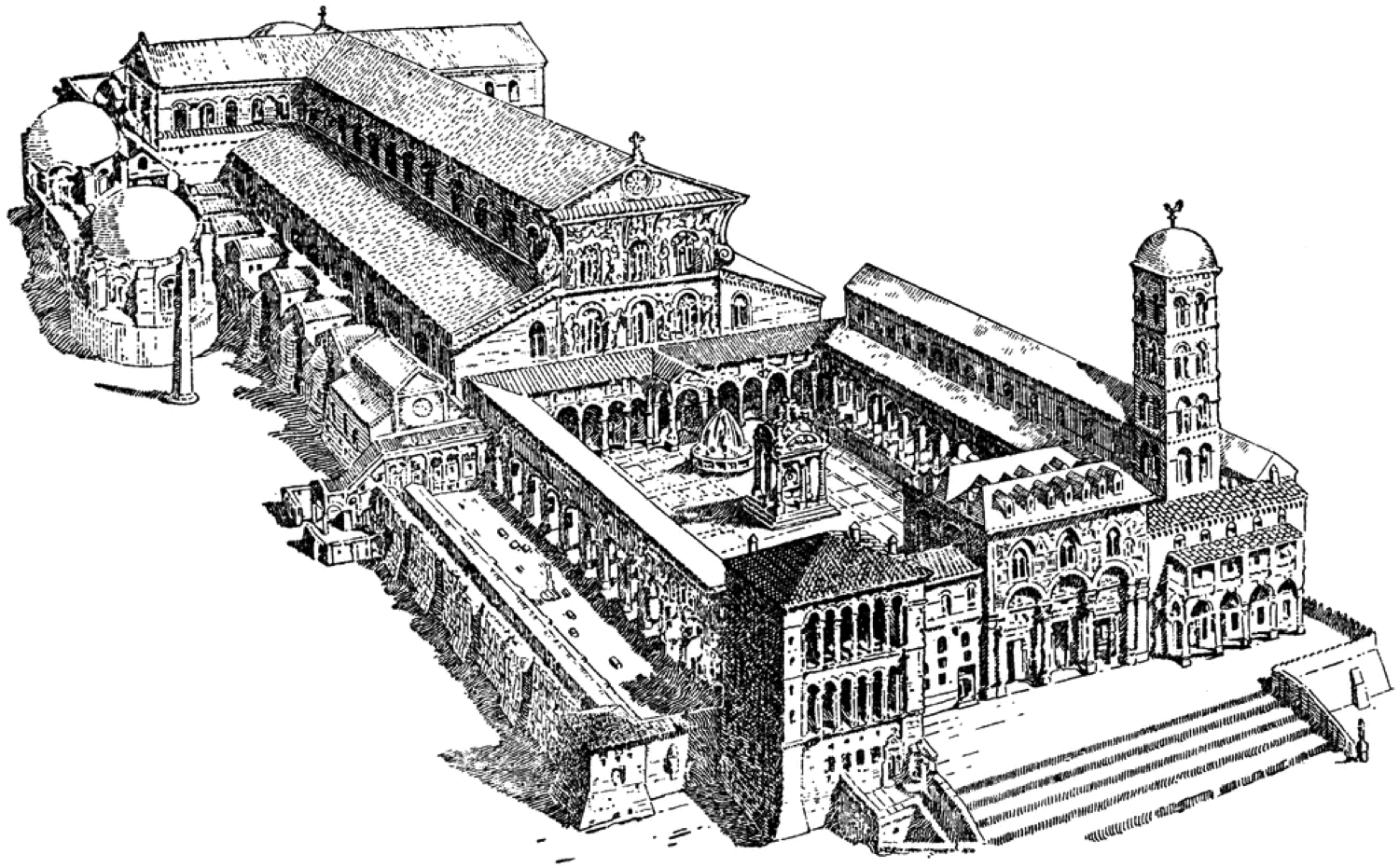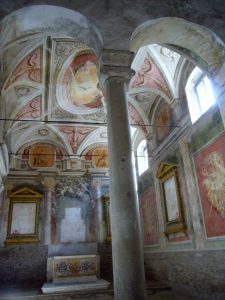
Today, 20 August is the day of Saint Stephen, the first King of Hungary (died in 1038). He founded the Kingdom of Hungary, which meant a lot of work and organisation: laws, counties, dioceses were set up in some decades from scratch.

Pilgrims’s hospice in Rome
For us now he is interesting because he had to do something also with pilgrimage: in 1026 he founded a pilgrim’s hospice (now it would be a hostel) in Rome (and also in Constantinople (now Istanbul in Turkey), Ravenna (now in Italy) and Jerusalem (now in Israel)) specifically for Hungarian pilgrims. It was near an older church, Santo Stefano Minore, was granted to King Stephen I in 1000 by Pope Sylvester II (the same pope sent a crown to the King). It was on a very prestigious place, very close to Saint Peter’s Basilica, which became its destiny.
Stephen restored and enlarged the old building. He established a chapter house (a room for prayer and meeting) for twelve canons (priests) and a pilgrim’s hostel for Hungarian travellers. The “Hungarian institutions”, as they were called, played an important part in maintaining intensive diplomatic relations between medieval Hungary and the Holy See. They were also a place of learning for Hungarian clerics and intellectuals living in Rome.
Around the chapter house and the pilgrim’s hostel, there were farm buildings like granaries, store-yards, and mills. The whole complex was surrounded by a wall.
The “Hungarian institutions” were sustained by the income of large estates in the vicinity of Rome. These estates, granted to Stephen I by the Pope, remained in the possession of the Kingdom of Hungary for hundreds of years.
 The hospice in the Middle Ages
The hospice in the Middle Ages
King Stephen I was canonized in 1083, and the church was dedicated to him under the name “Santo Stefano dei Ungheresi”. Later on, a Latin inscription was put on the façade: “ECC[LESI]A HOSPITALIS S. STEPHANI REGIS HUNGARORUM” (i.e. Host Church of Saint Stephen, King of Hungarians). It was restored by Sigismund of Luxemburg, King of Hungary, in the 15th century. Later, it was entrusted to the Pauline Fathers, the only monastical order founded by Hungarians.
Demolition
In the 16th century, the nearby St. Peter’s Basilica was rebuilt in Renaissance style and it was greatly enlarged. The Hungarian chapter house and the farm-buildings were pulled down to make way for the new basilica.
In 1776, Pope Pius VI built a new sacristy for St. Peter’s and expropriated the old church of Santo Stefano. The Pope gave 7500 scudi for the Collegium Germanicum et Hungaricum as compensation for the loss. Hungarians lost their national church in Rome, but unofficially Santo Stefano Rotondo on Caelian Hill took over this role, where Pius VI built a new chapel for St Stephen. Seven of the original Roman columns of the church were recycled, and they are now in the new sacristy of St. Peter’s.
Hungarian pilgrims’ hostel in Rome today
After 1776 almost exactly two-hundred years passed. In the seventies, when Communism ruled Hungary, a new Hungarian pilgrims’ hostel had been built in Rome, Saint Stephen’s House (Casa di Santo Stefano, www.szentistvanhaz.com). It is not anymore in the city centre but it is nice and vast with a beautiful garden. It is run by Hungarian nuns and is a beloved accommodation for Hungarian visiting the eternal City.
